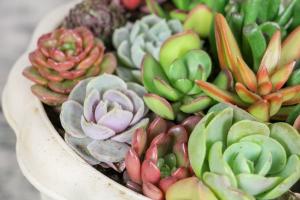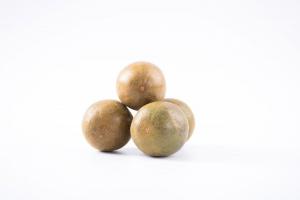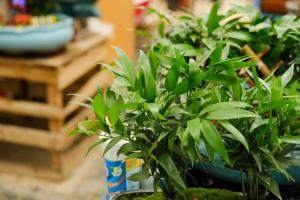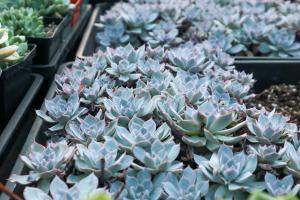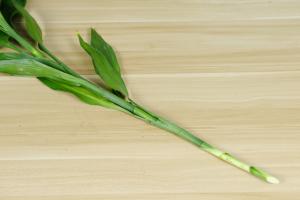Introduction
If you're planning to plant a peach tree in your garden, there are many varieties to choose from. Depending on your climate, soil type, and personal preferences, you may want to consider different types of peach trees. This article will cover the most common types of peach trees and their characteristics to help you determine what type of peach tree to plant in your yard.
Standard Peach Trees
Standard peach trees grow to be about 15 to 25 feet tall and have a broad, spreading shape. They are a popular choice for home gardeners because they produce large, juicy fruit that's perfect for eating fresh or for preserving. Some common varieties of standard peach trees include Redhaven, Elberta, and Hale Haven. These trees require full sun, well-draining soil, and regular pruning to promote healthy growth.
Dwarf Peach Trees
Dwarf peach trees are a great choice if you have limited space in your garden. They typically grow to be about 8 to 10 feet tall and have a compact, bushy shape. Dwarf peach trees also produce large, juicy fruit, but in smaller quantities than standard trees. Some popular varieties of dwarf peach trees include Bonanza and Garden Gold. Dwarf peach trees require the same growing conditions as standard trees, but pruning and maintenance can be easier due to their smaller size.
Semi-Dwarf Peach Trees
Semi-dwarf peach trees are a good middle ground between standard and dwarf trees. They typically grow to be about 12 to 18 feet tall and have a moderate number of branches. Semi-dwarf peach trees can produce a plentiful harvest of fruit and require slightly less pruning than standard trees. Some common varieties of semi-dwarf peach trees include Red Globe and O'Henry. Like standard and dwarf trees, semi-dwarf peach trees also require full sun, well-draining soil, and regular pruning.
Clingstone vs. Freestone
When choosing a type of peach tree, you will also need to consider whether you want a clingstone or freestone variety. Clingstone peaches have flesh that sticks to the pit, making them more difficult to eat or process. They are usually harvested earlier in the season and are great for cooking or canning. Freestone peaches have flesh that separates easily from the pit, making them ideal for eating fresh or for use in desserts. They are usually harvested later in the season and are more commonly available in grocery stores. Both clingstone and freestone varieties are available in standard, dwarf, and semi-dwarf peach trees.
Conclusion
Now that you know the different types of peach trees, you can choose the best variety for your garden. Consider your climate, soil type, and personal preferences when making your decision. With proper care and maintenance, your peach tree will provide you with delicious fruit for years to come. Happy planting!

 how many times do yo...
how many times do yo... how many planted tre...
how many planted tre... how many pine trees ...
how many pine trees ... how many pecan trees...
how many pecan trees... how many plants comp...
how many plants comp... how many plants can ...
how many plants can ... how many plants and ...
how many plants and ... how many pepper plan...
how many pepper plan...